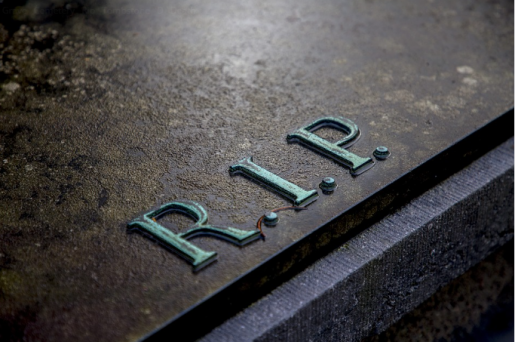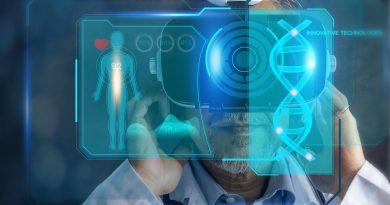What could we owe to the dead?
“Ay, thou poor Ghost, while memory holds a seat
In this distracted globe. Remember thee!
Yea, from the table of my memory
I’ll wipe away all trivial fond records.”
Hamlet, William Shakespeare
In 1993, the mummified body of a young woman was found during an archaeological dig in the Ukok plateau in Siberia. She came to be called the Ukok Princess or the ‘Siberian Ice Maiden’ because of the elaborate details of her burial site and intricate tattoo work across her body. Studying the Ukok Princess’ body and burial grants us insight into an ancient culture, medicine and biology but it also provides the opportunity to examine how our research practices may bring real harm to both those long gone and those who remain. The Altai people, who now reside in the area where the Princess was discovered, believe her to be one of their ancestors and protested both the disturbing of the grave as well as the public showing of the body.
In philosophical bioethics, there is ongoing disagreement about whether, when and how it is possible to commit posthumous harm to the dead. Some argue that since the dead have no active will, consciousness or capacities then there is no meaningful sense in which they can be harmed. In his chapter from “First Do No Harm,” philosopher John Harris writes: “Autonomy involves the capacity to make choices; it involves acts of the will. The dead have no capacities, they have no will, no preferences, wants nor desires. The dead cannot therefore be autonomous and so a fortiori cannot have their autonomy violated. Equally the dead cannot have their bodily integrity violated, for violation consists not simply in a breach of bodily integrity but in a breach of bodily integrity that is not consented to.”
Other scholars argue that respecting the expressed wishes of the dead – especially concerning how to treat their body – is properly grounded in a respect for autonomy and right to bodily integrity of the living. Philosopher George Pitcher in “The Misfortunes of the Dead” argues that it is not the postmortem person who is harmed (the dead person), but rather the antemortem person (as she was when living).
Yet, if someone were to falsely say that a deceased person was a virulent racist in life, who (or what) are we referring to as potentially being harmed by this lie? Philosopher Palle Yourgrae underscores the established philosophical issues surrounding even simply referring to the dead – who no longer exist – since reference requires a referent (an existing ‘who’ or ‘what’ the reference is about). Philosopher Floris Tomasini points out that even if the dead cannot be harmed, their descendants and loved ones can be, as in the cases of parents seeking to reunify the bodies of their deceased children following tissue and organ removal during postmortem examinations.
Not all that we owe to the dead concerns how we treat their bodies. Historical journals and personal documents can prove to be a treasure trove for historians and scholars seeking to understand what life was like in the past or gain new context for old discussions. They can reveal dreams that never came to be, but also secrets never meant to be shared. Consider what we come to know – and the violence we potentially bring – when we reveal that two male WWII soldiers were deeply in love and hid it from an intolerant society. On the one hand we find vindication that love survives even on unyielding ground. But on the other, we reveal the hidden and sacred lives of those we can never know, never engage in a dialogue with and, most importantly, of those who cannot consent to their secret being revealed.
Recently, disability historians Aparna Nair and Kylie Smith discovered the misuse and sale of patient psychiatric records on eBay. Files that should have been properly archived found their way into “the possession of people who do not have the ethical or legal right to profit off of them.” Both eBay and the New York State Office of Mental Health and Office of People With Developmental Disability tasked with properly archiving these records had only milquetoast responses to the violation of these former patients, stating there was a policy not to sell such records (eBay) and that they were distressed by the information that records were being sold (the archive). While the listings were taken down, the documents appear to remain in the hands of those who would traffic in the misery of others.
There are no easy answers to the question of how we should treat those who have passed, their lives’ work and their remains. But when next you peruse love letters between those long gone, read unauthorized posthumous work (like Harper Lee’s “Go Set a Watchman”) or stand before a museum display of human remains, consider what it is we might still owe to the dead and how we can best honor them in the process of learning about our shared past.
By Jared Smith, Ph.D., postdoctoral associate in the Center for Medical Ethics and Health Policy at Baylor College of Medicine



